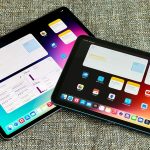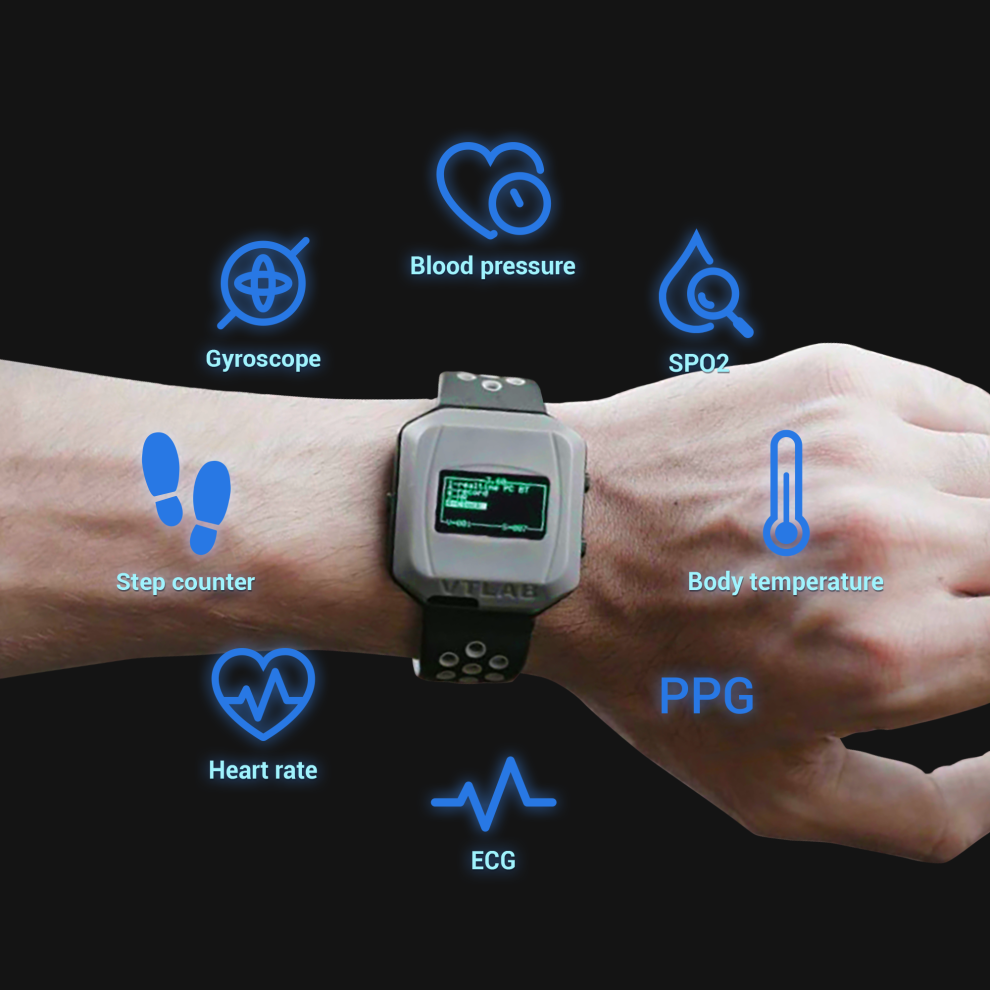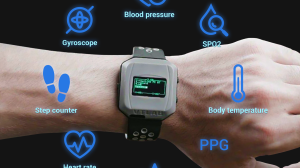In today’s fast-paced world, keeping track of your health is more important than ever. Fortunately, wearable health monitors have emerged as powerful tools that provide real-time data about your vital signs and overall well-being. These compact, user-friendly devices have revolutionized the way we monitor our health, offering convenience, accessibility, and valuable insights. In this article, we will explore the world of wearable health monitors and their role in helping us stay on top of our vital signs.
1. Heart Rate Monitoring:
One of the most common features in wearable health monitors is heart rate monitoring. These devices use optical sensors to continuously measure your heart rate throughout the day, offering insights into your cardiovascular health. They can alert you to irregularities and help optimize your workouts by tracking exercise intensity.
2. Blood Pressure Tracking:
Wearable health monitors are increasingly capable of measuring blood pressure non-invasively. This is especially valuable for individuals with hypertension or those who need to monitor their blood pressure regularly. The data collected can be shared with healthcare professionals for more effective management.
3. Sleep Analysis:
Getting a good night’s sleep is crucial for overall health. Wearable health monitors can track your sleep patterns, including the duration and quality of your sleep. These insights can help you make adjustments to your sleeping habits and improve your sleep quality.
4. Physical Activity Monitoring:
Whether you’re a dedicated athlete or simply looking to stay active, wearable health monitors provide a wealth of information on your physical activity. They track the number of steps taken, distance covered, and calories burned, helping you set and achieve fitness goals.
5. Stress and Relaxation:
Some wearable health monitors include stress tracking features. They measure changes in your heart rate variability to determine your stress levels, offering recommendations for relaxation exercises or meditation when needed.
6. ECG and EKG Readings:
More advanced wearables can record and display electrocardiogram (ECG or EKG) readings. These readings can detect irregular heart rhythms or potential cardiac issues.
7. Oxygen Saturation Monitoring:
Wearable health monitors are now capable of tracking oxygen saturation levels, which is crucial for those with respiratory conditions like COPD or asthma.
8. Body Temperature:
Tracking body temperature can be particularly valuable in detecting early signs of illness, such as fever. Some wearables come equipped with sensors that monitor temperature changes.
9. Medication Reminders:
Some health monitors can remind you to take your medication, ensuring that you adhere to your prescribed treatment plans.
10. Data Integration:
Many wearable health monitors sync with smartphone apps, making it easy to store, analyze, and share your health data with healthcare professionals or family members.
The Future of Wearable Health Monitors:
The future of wearable health monitors is promising. As technology continues to advance, we can expect even more precise and versatile devices. Future trends may include the integration of AI for more accurate diagnostics and early disease detection, as well as greater emphasis on data security and privacy.
In conclusion, wearable health monitors have become invaluable tools for staying on top of our vital signs and overall health. These devices offer the convenience of continuous monitoring and the empowerment of data-driven decision-making. Whether you’re an athlete looking to optimize your training or someone managing a chronic health condition, wearable health monitors have become indispensable in the quest for a healthier and more informed life.













Add Comment